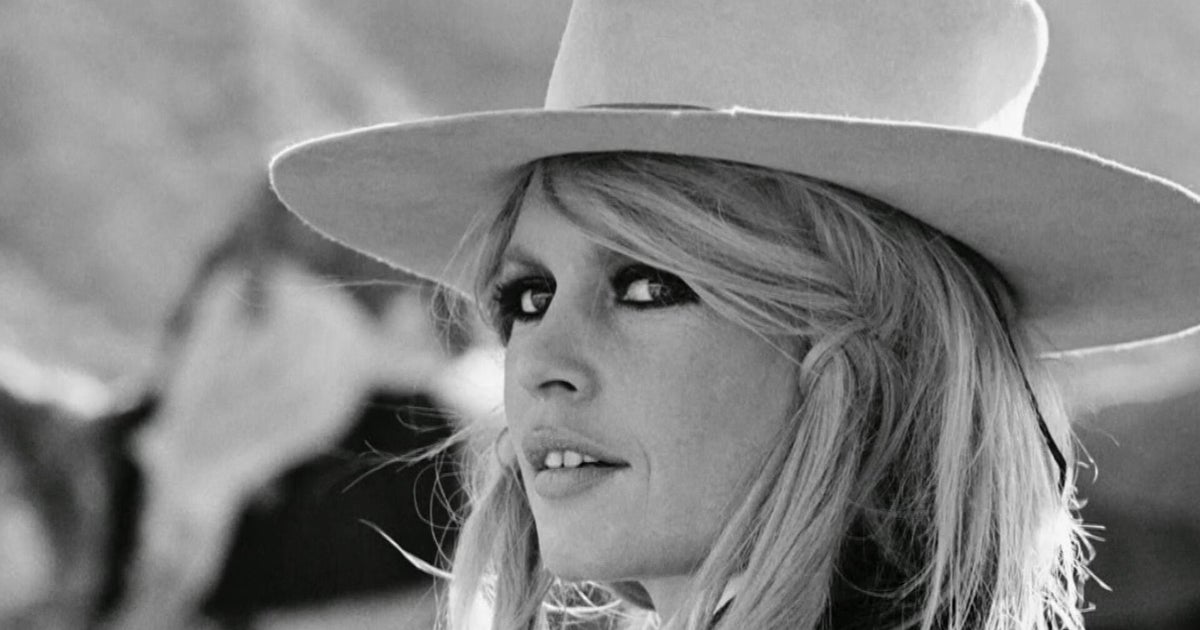September 4, 2025 — 5:00am
The Temple of Horus at Edfu has a roof. A plain old roof at that, but never has a roof been more astounding. After all, we’re used to ancient ruins open to the sun, stripped of their shape and colour, and sporting only a few columns.

So this temple’s roof is remarkable, even among the astonishingly remarkable ruins of Ancient Egypt. You aren’t going to get excited by a flat roof, you might think, but bear with me. The temples of Karnak, Luxor and Abu Simbel are more famous, but the Temple of Horus beats them all.
The temple sits in the middle of Edfu, a busy town on the Nile’s west bank, halfway between Luxor and Aswan. It was an important river-trading port during Ancient Egypt’s Old Kingdom, and the wealth of its temple was vast.
The current Temple of Horus came much later. The vast project occupied the reigns of six Ptolemies and was dedicated in 142BC. Although that makes it new by Egyptian standards, it was built on classic architectural designs, leaving us with the best-preserved example of a Pharaonic temple anywhere.

Not all Egypt’s overland tourists see it, however. Edfu is often missed as they rattle from Luxor to Aswan by train, or skip over it on a 40-minute flight. And while the temple is featured on river-cruise excursions, the sudden visitor surge soon ebbs again.
Put Edfu on your itinerary. The Temple of Horus encapsulates the drama of Ancient Egypt with vast soaring pillars and superb reliefs and hieroglyphics. Nowhere else will you get a more evocative temple experience.
You can thank the protective roof and the fact that the temple sits above the Nile’s floodplain and was buried in sand for centuries. Now it sits in a vast excavated depression surrounded by the modern town that has a frenzy and clang that adds an air of authenticity.
You approach past dusty shops selling hawking mini-obelisks and Tutankhamen masks. Then the great temple appears like the stage set of a 1950s Hollywood epic.
As you enter a massive gateway flanked by black-granite statues of brooding falcons – the symbol of the god Horus, often shown with a falcon’s head – you might wish for a stirring orchestral score. Instead, you get reliefs showing Ptolemy XII about to club enemies he grips by the hair: no Hollywood romanticism here.
Behind is the mighty Court of Offerings whose lower walls are decorated with faded reliefs showing religious ceremonies and festivals. At the far side stands another pair of falcon statues. One has lost its legs and lies ignored in the dust, the other provides a choice photographic backdrop.

And so you come to the Hypostyle Hall. Check out two small rooms first, one a dressing room for high priests, the other a library that once held sacred texts and temple rolls, where you’ll see a relief of Sheshat, goddess of writing.
All around are other minor chambers and passageways rich in colourful wall paintings depicting pharaohs and gods. Look out for scenes where Horus battles his evil brother Seth, depicted with a hippopotamus head. In one, Seth surges up under the barque of Horus in an attempt to tip his sibling rival into the water.
Yet, the best is to come. You’re supposed to feel small and impressed by the Hypostyle Hall and you will be. Vast soaring pillars end in frothy representations of papyrus buds. The Sanctuary of Horus at the rear has a black-granite altar and displays a replica of his superbly carved sacred barque or river barge covered in gold leaf.

Gods and ancient Egyptians walk across the walls, which are covered in wonderful coloured reliefs and hieroglyphics. But the roof clinches the deal, throwing everything into eerie, atmospheric shadows that will have you spellbound.
THE DETAILS
FLY
Emirates flies from Adelaide, Brisbane, Melbourne, Perth and Sydney to Cairo via Dubai. See emirates.com
CRUISE
Viking operates a 12-day Egypt journey that includes stays in Cairo and a Nile River cruise with a shore excursion to Edfu. Regular departures year-round from $AU11,295 a person. See viking.com
The writer travelled at his own expense.
Sign up for the Traveller Deals newsletter
Get exclusive travel deals delivered straight to your inbox. Sign up now.
Brian Johnston seemed destined to become a travel writer: he is an Irishman born in Nigeria and raised in Switzerland, who has lived in Britain and China and now calls Australia home.



















































